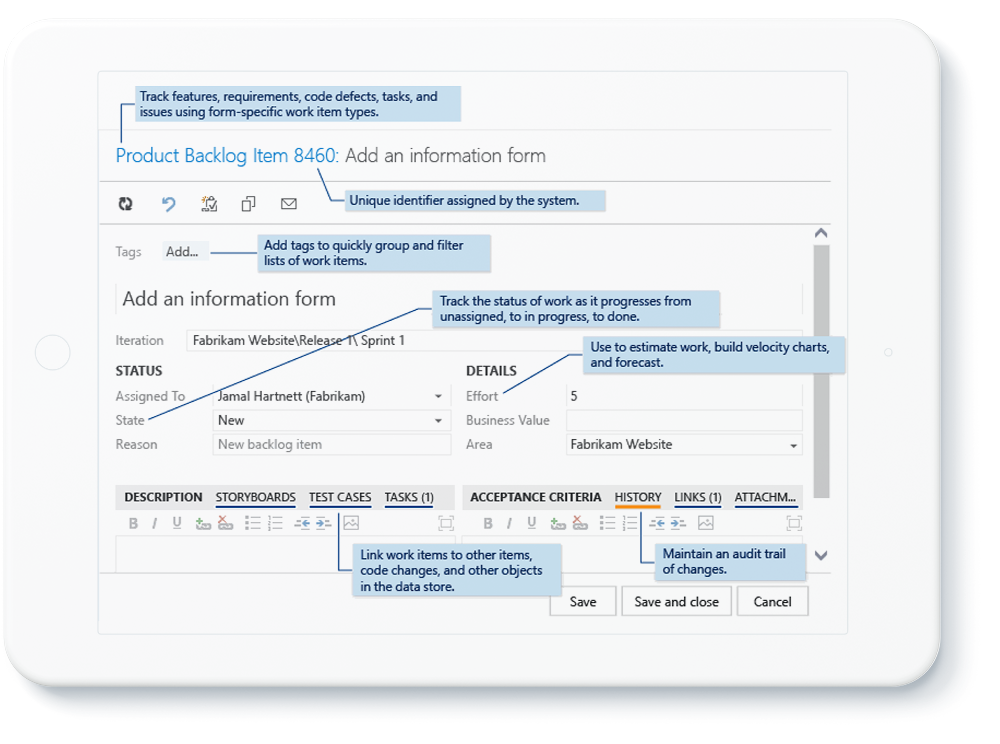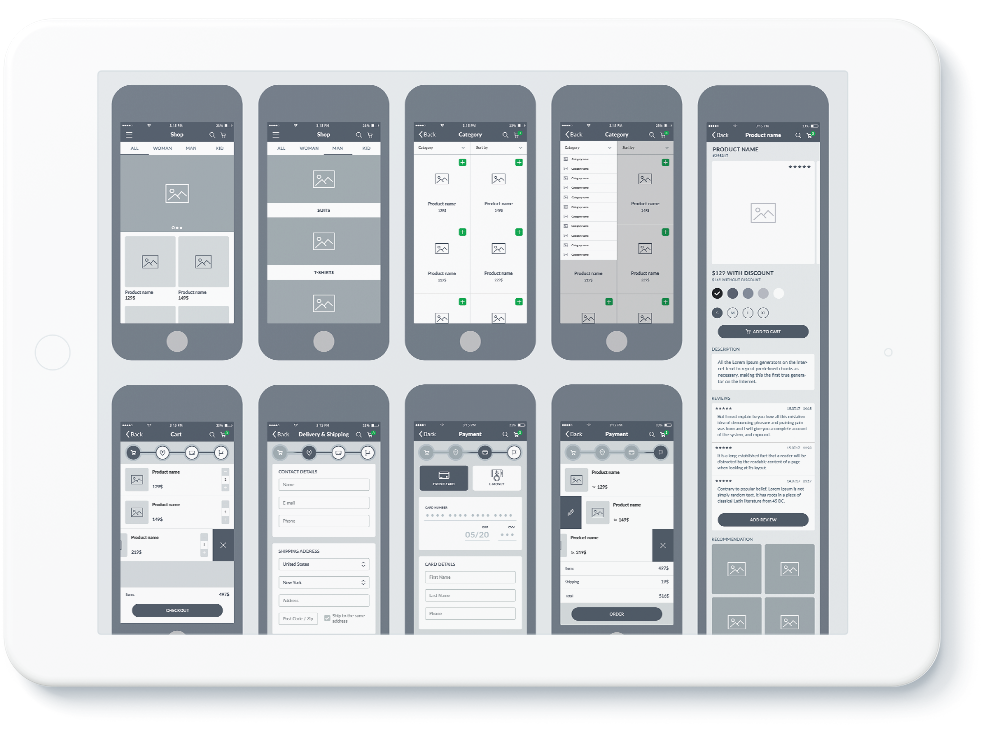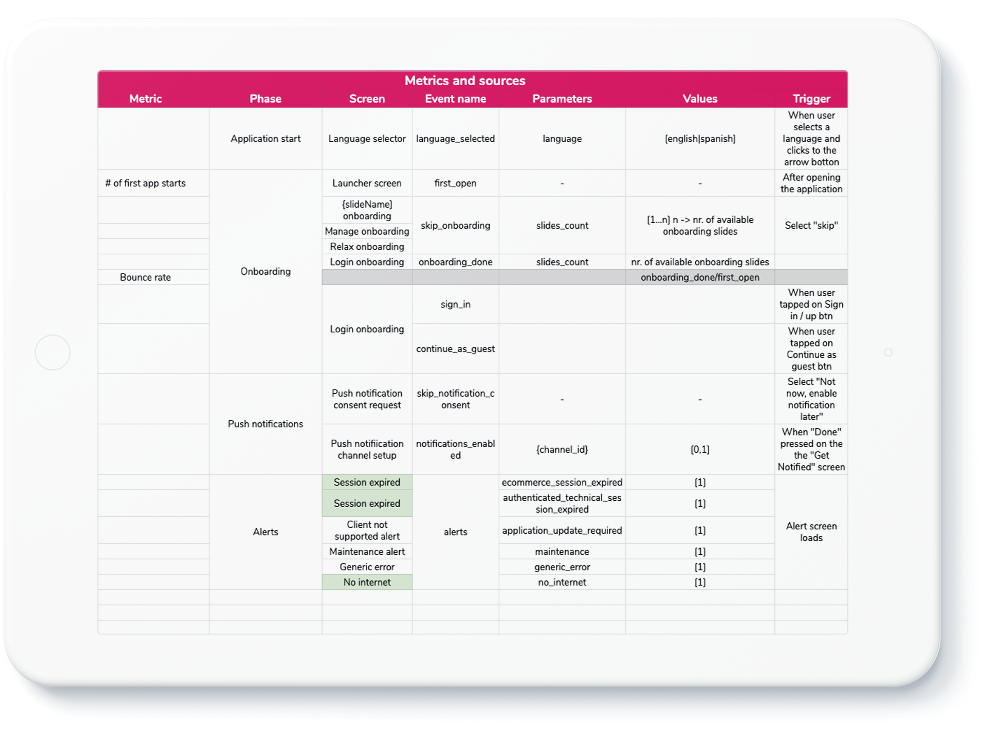Mobile applications completely differ from websites. App measurement or app analytics requires different methodologies and indicators. By tracking the app's performance with analytics, you can answer the following questions:
Acquisition:
Where Do Users Come From?
Engagement:
Is Your App Sticky?
Outcomes:
How Does My App Impact the Bottom Line?
What are the required steps?
Define business goals
Define KPIs
Defining the mobile app KPIs is necessary to achieve your business goals (e.g. increasing sales, reducing basket abandonment rate, etc.). This will serve as a basis for mobile app analytics.
Measurement strategy
Without a measurement strategy, our purpose and its connection to our business goals would be unclear, moreover, the mobile app tracking would be inconclusive. The strategy summarizes the business objectives, KPIs and key user segments, and includes the measurement tools to be used (e.g. Google Analytics for Firebase) and the measurement plan.
Measurement planning
Phase 3
MEASUREMENT PLAN:
the Analytics Team clearly defines what, where and under what conditions we should measure in order to track the business goals and KPIs.
For each screen, we define the event names, their parameters and possible values, as well as the interactions which should trigger the given event.
Implementation, maintenance
How can we make sure everything works as planned and the measurement plan remains sustainable?
- We should build up a reporting system to follow the app KPIs (e.g. custom dashboards)
- Business needs and the technical environment may change over time, and the measurement plan needs to adapt to these changes
- A measurement plan is a key element in tracking the success of your business strategy. Keep your data up to date.
Testing
Goal: performance and stability
- Develop a testing strategy
- Ideally, start testing from the development phase
- Make sure to do a final testing before release
- Monitor network traffic
What are the benefits?
BUSINESS DECISIONS
We can make responsible business decisions based on accurate and segmented data.
APP AUDIENCE
With good mobile app tracking, we will know our app audience and their behavior.
CROSS PLATFORM
We can even compare the performance of different devices (e.g. Google Analytics 4)
ADS INTEGRATION
We can export accurate conversion data and segmented remarketing audiences.
EVENT TRACKING
It’s a completely event based measurement, use it for personalization, optimization, and troubleshooting.
We want to hear from you.
Get in touch with us!
Dávid Minorics
Head of Performance Technologies
d.minorics@mito.hu
+36307519577
Let's talk about how Mobile App Measurement can help your business grow



